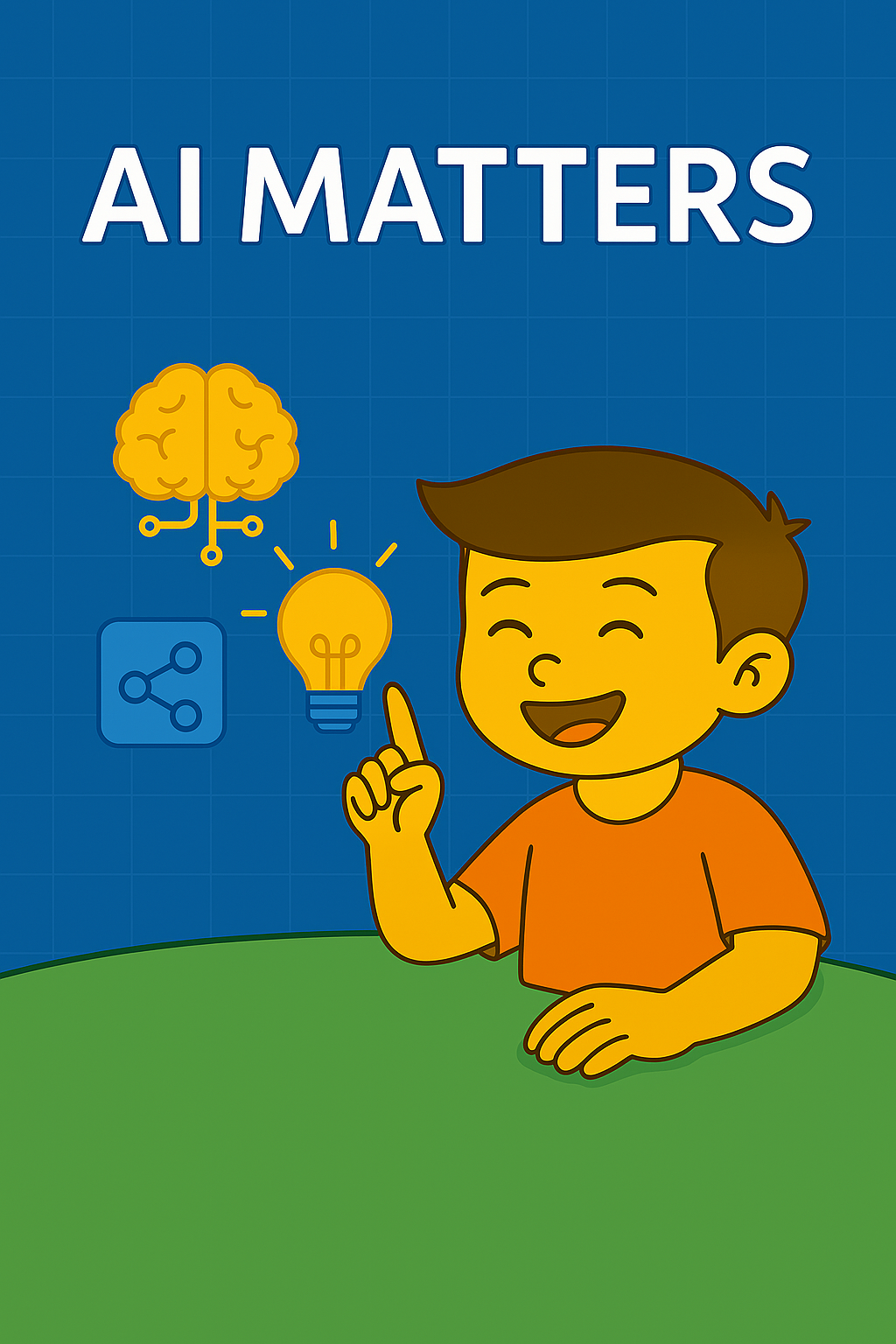In 2025
Artificial Intelligence isn’t just for tech experts—it’s shaping the world your child will grow up in. Introducing AI concepts early helps kids develop critical thinking, problem-solving, and creativity, setting them up for success in tomorrow’s careers.
Why AI Matters for Children
AI technologies—from voice assistants to recommendation engines—are woven into everyday life. By understanding how AI works, kids learn to question algorithms, recognize biases, and become responsible digital citizens. Early exposure also builds confidence with emerging tools, empowering them to innovate rather than just consume technology.
When to Start: Age-Appropriate Pathways
Kids can begin “AI thinking” as early as six by exploring logic puzzles and block-based coding.
- Ages 5–7: Simple pattern games, storytelling with branching choices
- Ages 8–10: Visual programming (Scratch, Blockly) and basic machine learning demos
- Ages 11+ : Text-based coding (Python), AI chatbots, and mini data projects
How to Teach AI Without Computer Science Degree
You don’t need to be an expert. Focus on curiosity and hands-on play:
- Ask “How does this app know?” when using voice assistants
- Build simple decision trees with paper cards
- Explore drag-and-drop AI tools like Scratch ML or Teachable Machine
These activities demystify algorithms and connect abstract ideas to real experiences.
Fun AI Activities & Resources
- AI Story Generators: Let kids write prompts and watch tales unfold
- Robotics Kits: LEGO Mindstorms or Sphero teach sensor-driven logic
- Online Courses & Camps: JetLearn’s AI camps, Pinecone Academy guides
- DIY Projects: Image-recognition with Raspberry Pi and camera modules
Mix digital and unplugged play to reinforce concepts and spark creativity.
Tips for Parents & Educators
- Keep sessions short and playful—no more than 30 minutes at a time
- Encourage questions and experimentation over “right” answers
- Monitor privacy settings on AI apps and discuss data sharing
- Celebrate failures as learning steps in understanding AI behavior
By guiding exploration with empathy and clear explanations, adults turn AI from a black box into a playground of discovery.
